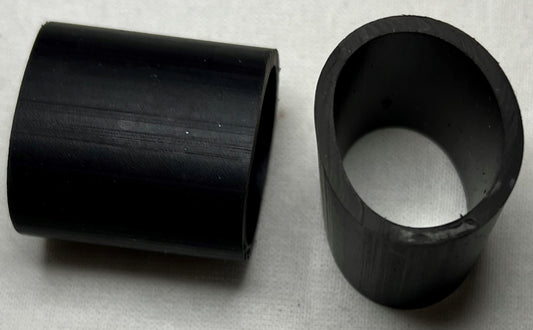Gaskets are small but essential components in many old phonographs.
What They Are
A gasket is typically a soft, flexible ring made from materials like rubber, cork, felt, or modern reproductions of these. In phonographs, they were used to create airtight seals between rigid parts of the sound system. Over time, original gaskets often harden, crack, or shrink, which can seriously affect performance.
Their Purpose in Phonographs
In old phonographs, particularly those using mica or glass diaphragms, gaskets served two main functions:
-
Sealing and Sound Transmission
They ensured that the diaphragm was held securely while maintaining an airtight seal. This prevented sound energy from leaking out and allowed vibrations from the stylus to transfer efficiently into the diaphragm and then to the horn. -
Protection and Cushioning
Gaskets also cushioned delicate parts such as the diaphragm, preventing cracking or damage caused by rigid mounting. They absorbed small amounts of vibration and stress, extending the life of the components.
Importance for Restoration
When restoring an antique phonograph, replacing hardened or missing gaskets is one of the most important steps to improve sound quality. Properly fitted gaskets restore clarity, volume, and warmth to playback, making the machine sound closer to how it did when new.






